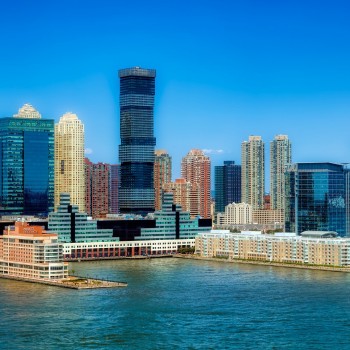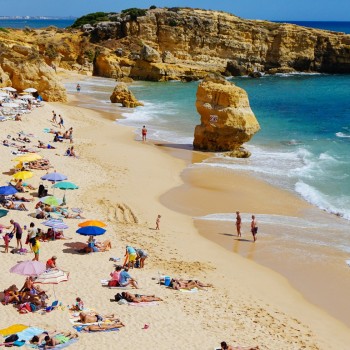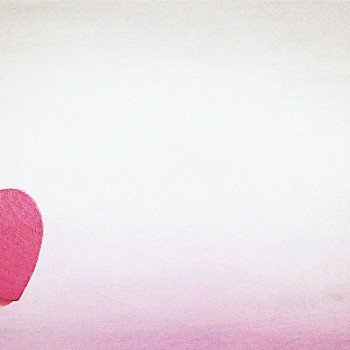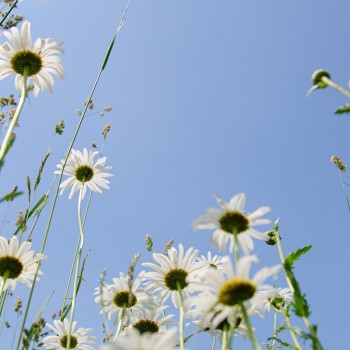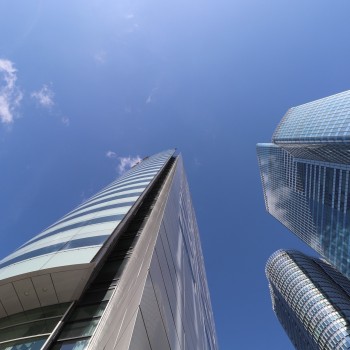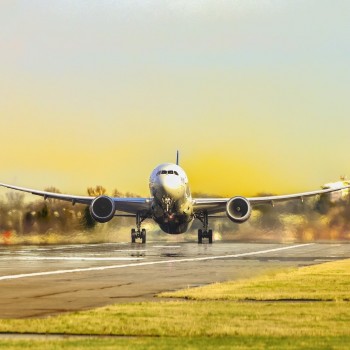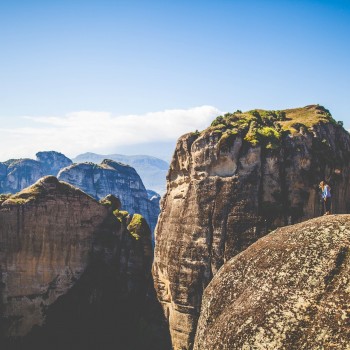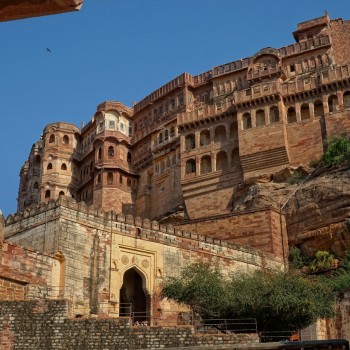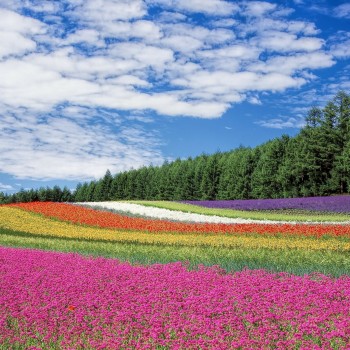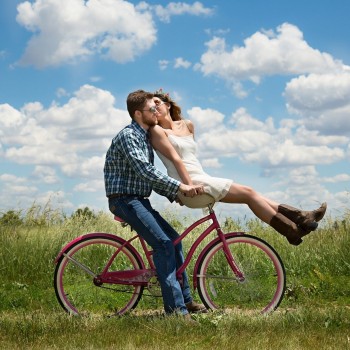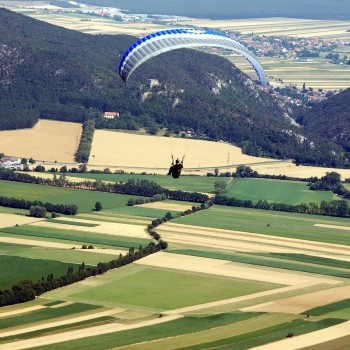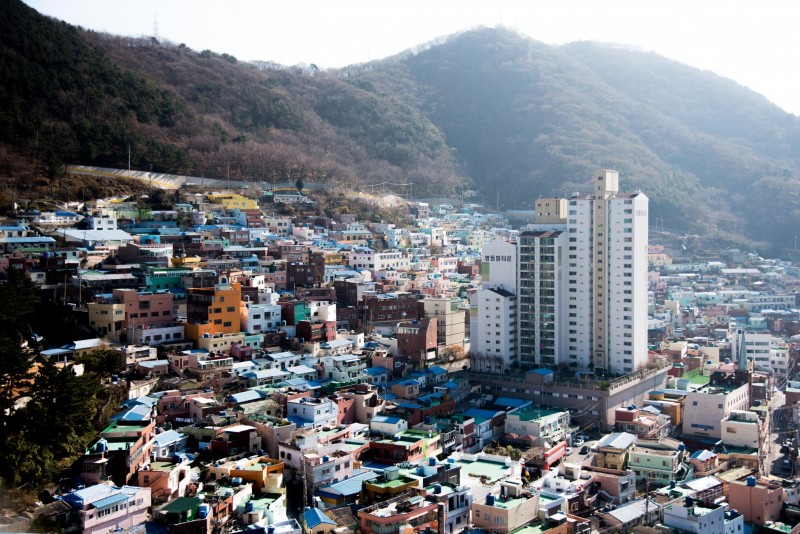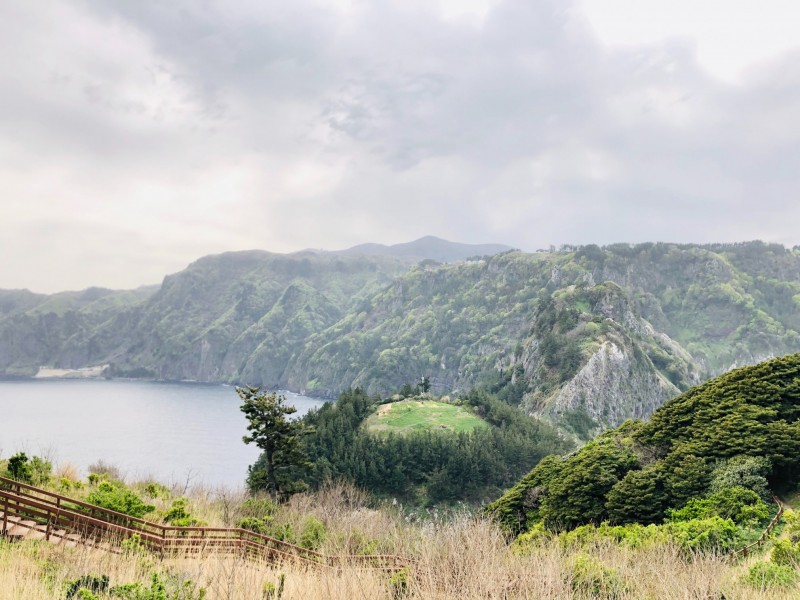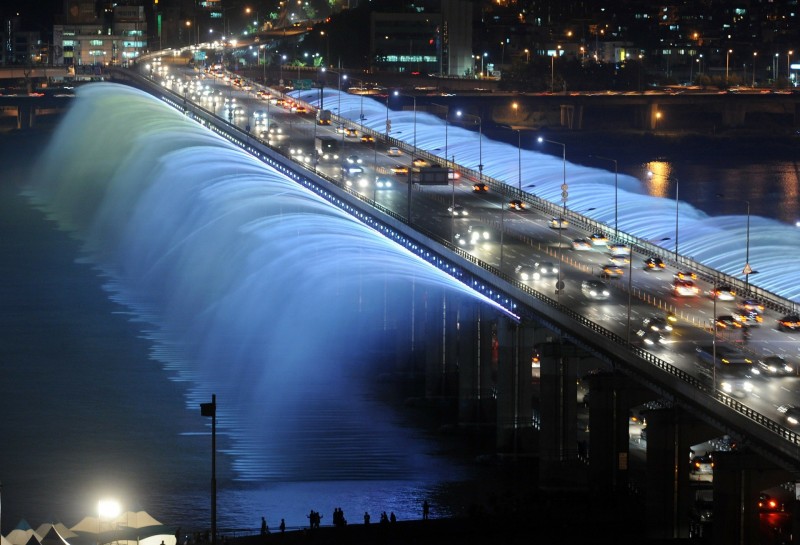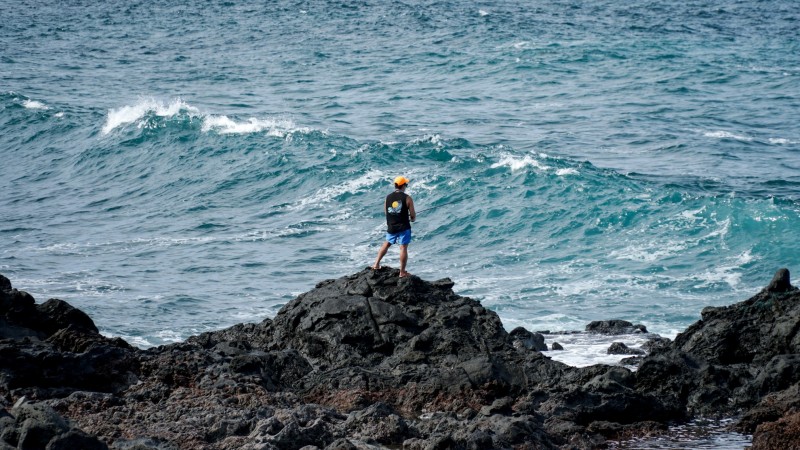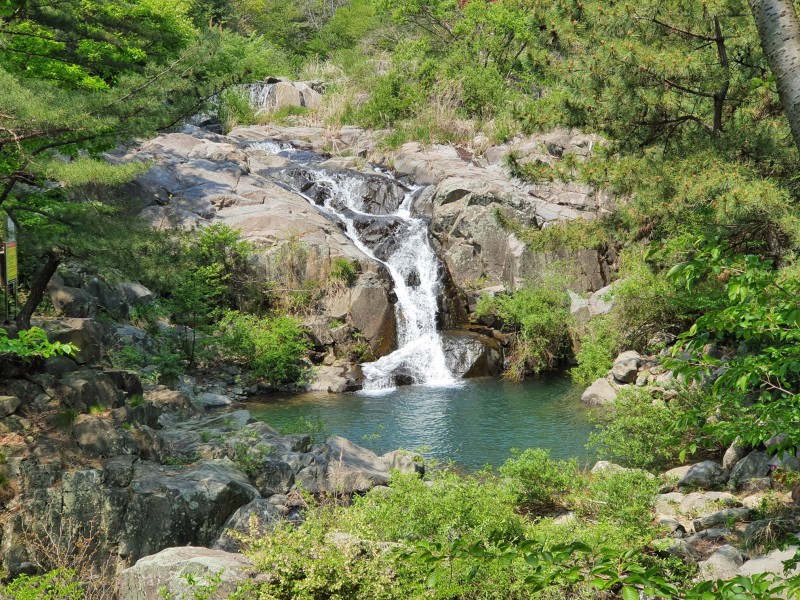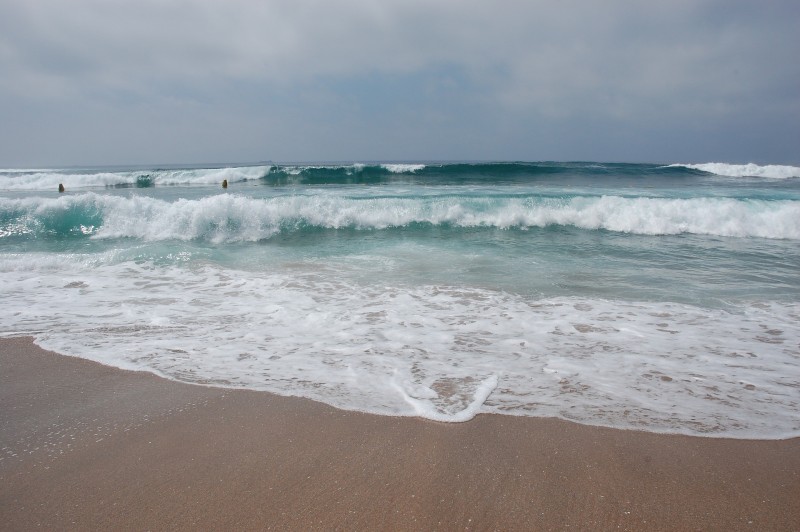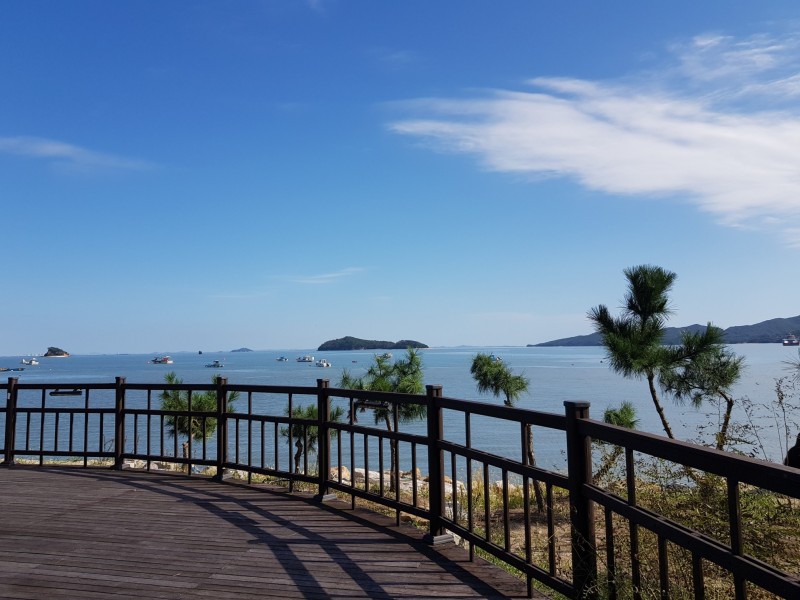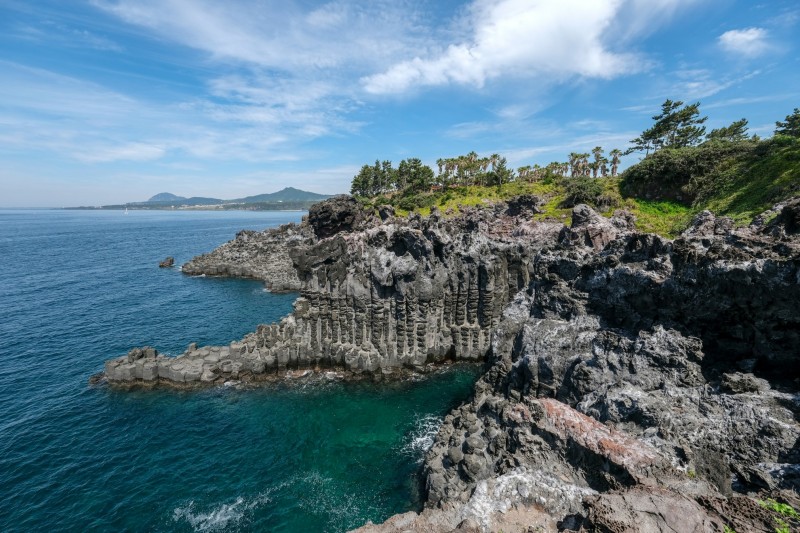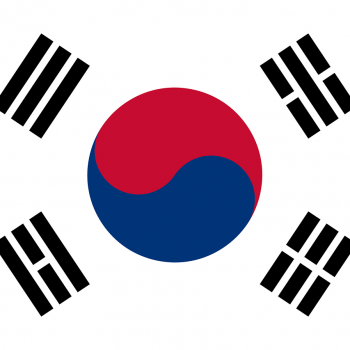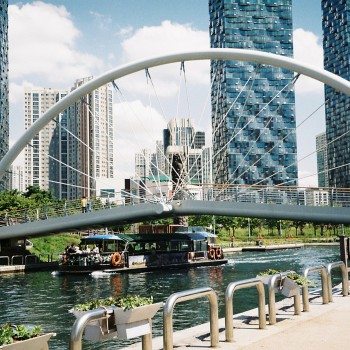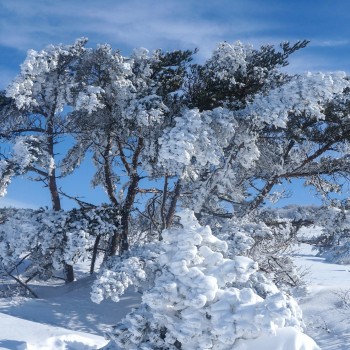South Korea
South Korea
Capital city description
Seoul is South Korea's Capital City located along the Han River. It covers an area of about 234 square miles. The city was constructed along the Han River and almost at the center of the Peninsula, some sixty kilometers from the yellow sea. Seoul serves as the cultural, economic, business, and political center of South Korea, where skyscrapers tower over its Buddhist temples.
Seoul is home to several historic sites and monuments. The Seoul National Capital Area has four UNESCO World Heritage Sites: the Changdeokgung Palace Complex, the Hwaseong Fortress, the Jongmyo Shrine, and the Royal Tombs of the Joseon Dynasty.
Climate
South Korea has a temperate climate with four distinct seasons. Winters are usually long, cold, and dry. Summers are very short, hot, and humid. Spring and autumn are pleasant but also short in duration. Seoul's mean temperature in January is -5 degrees Celsius to - 2.5° Celsius, and in July, the mean temperature is about 22.5° C to 25° C.
- Spring: March-May
- Summer: June-August
- Autumn: September-November
- Winter: December-February
Languages spoken
Korean, also referred to as Hangul, is the national and official language in South Korea.
Fun/Fascinating Facts
- Makeup is becoming more popular among men worldwide. Up to 20% of the male Korean population uses makeup regularly.
- Almost 20% of Koreans share the same surname. The most common last name is Kim, followed by Lee, then Park.
- Most fast food in Korea can be delivered right to your door. Many places will also come and pick up the dishes when you're done, making ordering food extremely fast and convenient.
- Plastic surgery is widely accepted in South Korea. The most common surgical procedure performed in South Korea is double eyelid surgery.
- In South Korea, Men are most likely spoiled on Valentine's Day rather than women. Women give chocolates and gifts to their husbands or boyfriends to show their love on Valentine's Day.
Unique Customs/Traditions
- Korea has a unique housing rental system called Jeonse, which is unusual for most foreigners. Instead of paying monthly rent, the tenant hands over a large sum of deposit money, sometimes as much as 50 percent of the housing price, to the homeowner. The owner puts the money into a bank account to earn interest, invest in stocks, or do whatever he or she wants. The tenants get back the total amount of the deposited money when the contract ends.
- Korean has a unique 1st Birthday tradition. They put various things on the table in front of the baby and let the baby pick one to tell the baby's future. On the table are usually money, thread, rice, and pencil. The baby will be rich if it picks money, lives long with thread, and be a scholar by picking a pencil, reflecting Confucian tradition. Rice means that the baby will have enough food throughout his or her life, which was a huge blessing when people often suffered from famines.
- Koreans have a unique custom of sharing a glass when drinking. After drinking up one's glass, they fill it with the beer or whatever liquor is being drunk and pass it to a colleague, who does the same thing after drinking it. It was regarded as the symbol of friendship and close ties between the two.
Popular universities
| Name | Description | |
|---|---|---|
| KAIST | Formerly known as the Korea Advanced Institute of Science and Technology, KAIST was South Korea's first research-oriented science and engineering institution founded in 1971. It is widely acknowledged as the best university in Korea. KAIST offers courses and programs leading to officially recognized higher education degrees such as bachelor's degrees in several areas of study. | |
| Seoul National University | Founded in 1946 by the merger of ten higher education institutions, Seoul National University enjoys prestige, unlike any other Korean university. The university has three campuses: the main Gwanak campus is located in southern Seoul, the medical campus is situated in the northeast of the city, while another campus lies 126km away in the town of Pyeongchang, the host city of the Winter Olympics. Seoul National University (SNU) offers courses and programs leading to officially recognized higher education degrees such as pre-bachelor degrees (i.e., certificates, diplomas, associate or foundation), bachelor's degrees, master's degrees, doctorate degrees in several areas of study. | |
| Korea University | Korea University was the nation's first university-funded and administered solely by Koreans. The university was founded in 1905 by Lee Young-Ik. The university strives to educate its students to become effective citizens, highly capable in their chosen fields, who will dedicate themselves to serving the nation and world to the best of their abilities. Korea University offers courses and programs leading to officially recognized higher education degrees such as bachelor's degrees in several areas of study. The university has highly regarded professional schools of Law, Medicine, Engineering, and Business Administration. | |
| Sungkyunkwan University | Sungkyunkwan University (SKKU) is a world-class institution of higher education that has existed for more than six centuries. Since its founding as a royal Confucian academy in 1398 at the dawn of the Joseon Dynasty (1392-1910). Regarded as the oldest university in East Asia and Korea's top higher educational institution for centuries, Sungkyunkwan produced countless graduates that shaped the nation's history and culture. Sungkyunkwan University (SKKU) offers courses and programs leading to officially recognized higher education degrees such as bachelor's degrees in several areas of study. | |
| Yonsei University | Yonsei University, established in 1885 as the first Western institution of learning in Korea, is the leading University located in the heart of Seoul. Yonsei University’s extensive worldwide network and intensive collaboration with over 660 partners exemplify its worldwide outreach and accessibility as a key contributor in East Asia and the world. Yonsei University makes significant contributions in all major academic research areas, including medicine, biochemistry, human health, engineering, materials science, chemistry, and neuroscience, as well as the humanities and social sciences. | |
| Hanyang University | Hanyang University was established in 1939 by Lyun-Joon Kim, who desired greatly to advance the country through technology education. Hanyang University built its second campus in Ansan, Gyeonggi-do. As of 2011, Hanyang University has two campuses with students from both college and graduate school. Hanyang University (HYU) offers courses and programs leading to officially recognized higher education degrees such as bachelor's degrees, master's degrees, doctorate degrees in several areas of study. | |
| Ewha Womans University | Established in 1886, Ewha Womans University is a private women's university located in Seoul; Ewha Womans University has grown into one of Korea's most prestigious schools and the world's largest women's university. Ewha Womans University offers courses and programs leading to officially recognized higher education degrees such as bachelor's degrees in several areas of study. | |
| Sogang University | The Society of Jesus established Sogang University in 1960 to provide an education based on Catholic belief and inspired by the Jesuit educational philosophy, in conformity with the Korean tradition of education. Sogang University's goal is to educate the whole human person on the foundations of love and faith, encouraging all its members to pursue learning in a sincere quest for truth, resolved to practice justice, and respect every person's human dignity and worth. Sogang University offers courses and programs leading to officially recognized higher education degrees such as bachelor's degrees, master's degrees, doctorate degrees in several areas of study. | |
| Pusan National University | Established in 1946, Pusan National University, also called PNU or Busan National University, is amongst the ten national universities in Busan, South Korea. Pusan National University is highly renowned for its Engineering programs. The university offers a wide range of programs in subjects like Mechanical Engineering, Multimedia, Naval Architecture & Ocean Engineering, Aerospace Engineering, Architectural Engineering, Electrical Engineering, Material Science and Engineering, Architecture, Urban Engineering, Science and Technology Studies, Computer Science and Engineering, and Civil and Environmental Engineering. | |
| Kyungpook National University | Established in 1946, Kyungpook National University is a non-profit public higher education institution located in the metropolis of Daegu. Officially recognized by the Ministry of Education of Korea, Kyungpook National University is a large coeducational South Korean higher education institution. Kyungpook National University offers courses and programs leading to officially recognized higher education degrees such as bachelor's degrees in several areas of study. | |
Festivals & Events

Jinju Lantern Festival
Date: 1st – 11th October
Jinju Lantern Festival is one of the oldest festivals in Korea that showcases the country’s traditions and culture. The native people lit thousands of red lanterns by the bank of Nam River and made wishes for well-being, health, and prosperity.
The tradition started way back in 1592, iconizing with the practice of lighting lanterns to avoid Japanese troops from commuting the Namgang River during the Japanese invasion period. Street parades, performances, local street food, can be seen during the festival, and even make their lantern and hang them in the Tunnel Of Wish Lanterns.
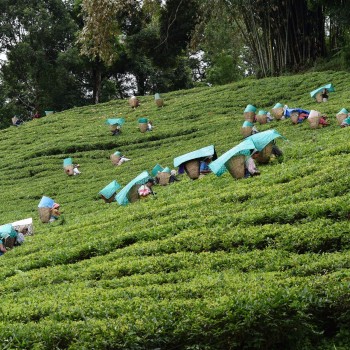
Boseong Green Tea Festival
Date: May
Boseong Tea Plantation is South Korea's most extensive tea plantation and the only one that allows tourist visits. In May, Boseong hosts a unique Green Tea Festival that shows various traditional tea events for participants to enjoy. You can go tea leaf-picking, try out your tea-making skills, take part in the ritual to the Tea God, and taste delicious tea-inspired dishes.
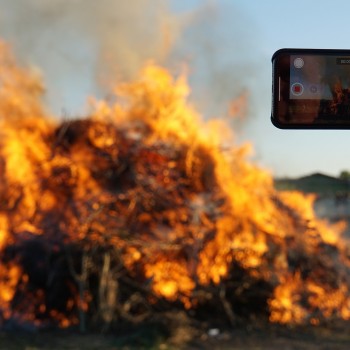
Jeju Fire Festival
Date: Late February and March
Jeju Fire Festival is one of the most well-known festivals in Korea celebrated yearly for over three days in late February and March. The enchanting city of Jeju is set ablaze to pray for and welcome the new year with good health, happiness, and ample harvest. It signifies the ancient ritual of burning old grass to get rid of vermin before resuming the next farming season. It is a unique celebration, and the sight of the hilly city on fire looks dazzling. The main event includes folk dance, torch march, and tribal games and activities.
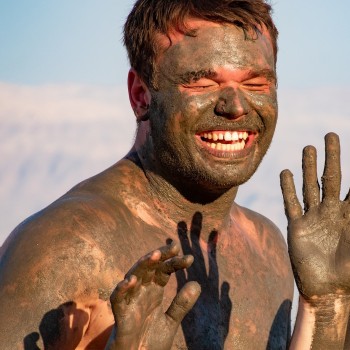
Boryeong Mud Festival
Date: 16th July- 25th July
The Boryeong Mud Festival is one of the events in Korea that draws the most international visitors. The first festival started in 1998 to promote the therapeutic benefits of mineral-rich mud. The festival is celebrated with various activities and adventures that induce delight and excitement for all. Mud wrestling, firework, mudslides, and mud king competition highlight the events.
Visitors can enjoy swimming in a giant mud bath, mud sliding, or mud wrestling at the festival. After sunset, the party and fireworks start on the beach.
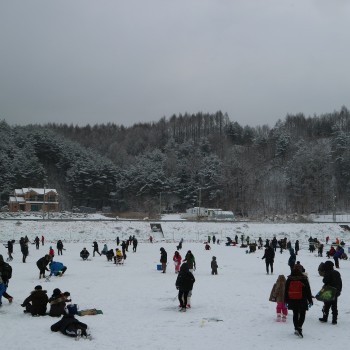
Hwacheon Sancheoneo- Ice Festival
Date: 9th Jan- 31st Jan
Hwacheon Sancheoneo (Mountain Trout) Ice Festival was designated as a representative festival in Korea by the Ministry of Culture and nominated as one of seven winter wonders of the world by CNN. Hwacheon Sancheoneo (Mountain Trout) Ice Festival is one of the famous winter festivals in Korea. It’s a fun and exciting festival that features ice fishing and other thrilling activities like ice bobbing, sleigh racing, traditional games, and lots and lots of food.
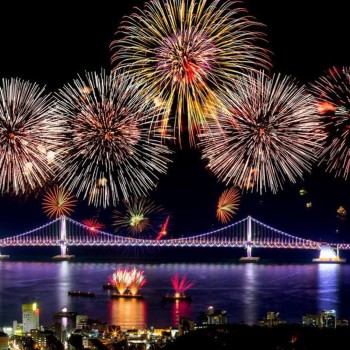
Seollal
Date: The first day of the Korean calendar ( February or January)
Seollal is the Korean new year and is celebrated on the first day of the Korean calendar. It is one of the most famous Korean festivals delighted by the entire country. The highlight of the holiday is the ritual of ancestor worship; People start their celebration by performing ancestral rites and paying tributes to them.
Traditionally, families gather from all over Korea at the house of their oldest male relative to pay their respects to both ancestors and elders. The locals wear traditional dresses, eat authentic conventional food, play folk games, and listen to folk tales. Everyone greets each other, exchanges wishes and blessings and gifts and sweets.
.jpg)
Andong Mask Dance Festival
Date: September and October
Andong is well known for its traditional Hahoe village, which has hosted the yearly Mask Dance Festival since 1997. It’s one of the most fantastic and most traditional Korean cultural festivals. The shamanistic festival dates back to the Joseon Dynasty, where ordinary people used theater and mask performances to make fun of people with high power.
Presently, the festival lasts for ten days and is packed with exciting activities, amazing shows, spectacular performances, and festivities all around the city.
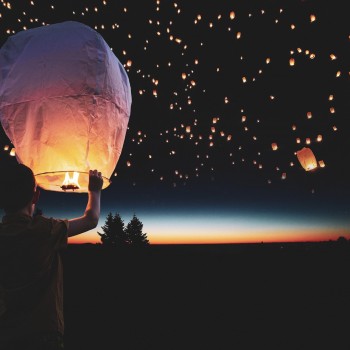
September
Date: Muju Firefly Festival
The Muju Firefly Festival celebrates the regions' fireflies at the beginning of September. The festival's main event is firefly-gazing, where everyone walks into the countryside to spot three different species of fireflies that live in that area. People come to catch sight of three unique fireflies, light up the dark skies and see thousands of fireflies in their natural environment.
Besides dazzling views, the festival was set up to promote environmental awareness in Muju, where its fireflies can only survive in a spotless and untouched environment. At the end of the festival, people write a wish on a lantern and set it free; the sky will be filled with lights. As they float away, for wishes to come true, people leave the area with an enlightened vision of life and an unforgettable experience to treasure in their hearts.
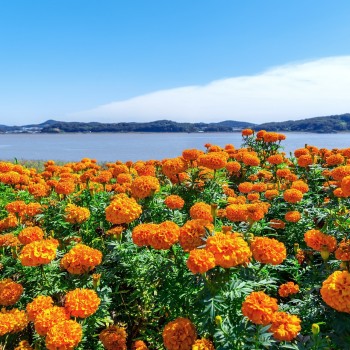
Goyang Flower Festival
Date: April and May
The Goyang Flower Festival is Korea’s most significant international flower exhibition. It takes place each year in Ilsan, a city just outside Seoul. Over 300 companies and organizations from all over the world gather to showcase their flower sculpture, and products made using flowers.
The festival has several indoor and outdoor areas, including unique and rare plants exhibitions, flower sculptures, flower experiences, different performance stages, and other cultural events.
Attractions / Top Sights
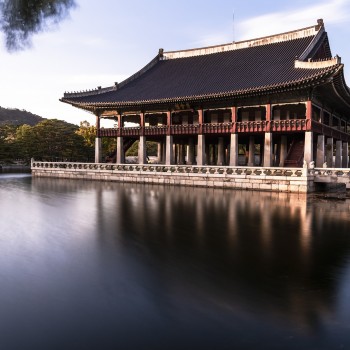
Changdeokgung Palace
When to visit: March through May
When to visit: https://thesoulofseoul.net/2012/05/21/gyeongbukgung-in-the-light-of-the-night/
Established in 1935, Gyeongbokgung Palace is one of South Korea’s most iconic buildings, located in the heart of Seoul.
The two museums that reside within the palace walls include the Museum of Korea and the National Palace Museum of Korea. There are still several ongoing restoration efforts to restore this fabulous building to the epitome of its former glory.

Namiseom Island
When to visit: October to November
Namiseom Island, part of Gapyeong county, is overlaid in a beautiful natural landscape- named after the famous general Nami buried in the Island way back 17th century. The Island is 63 km away from Seoul in the direction of Chuncheon and is renowned for its lovely tree-lined roads.
Aside from the surreal scenery and historical references, the Island is known for its delicious pan-fried rice cake.
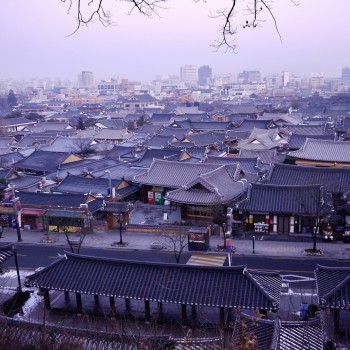
Jeonju
When to visit: Between April and June
Jeonju is a historic traditional city, formerly capital of the Joseon Dynasty, home to many ancient temples and shrines and a hanok village. The old town is famous for its many hanoks: traditional Korean houses which pay considerable attention to the positioning of the house.
The perfect hanok would feature a mountain in the back and a river out front. They usually utilize a courtyard for retaining heat within the home, especially the floor, since Koreans traditionally sit to eat and entertain.
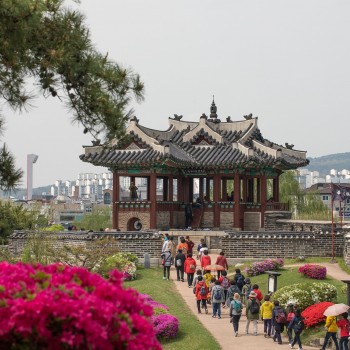
Hwaseong Fortress
When to visit: In Spring and Autumn
Hwaseong's magnificent fortress is a true testament to Korea's unique history. King Jeongko built the fortress to honor his father, murdered by his grandfather during 1794 and 1796. It was established to surround the town of Suwan. Since then, the fortress has received many battle scars.
The complex features an elaborate palace, six kilometers of fortress walls, and various gate towers. Every autumn, the Suwan Hwaseng Cultural Festival features reenactments and other cultural events and exhibits.
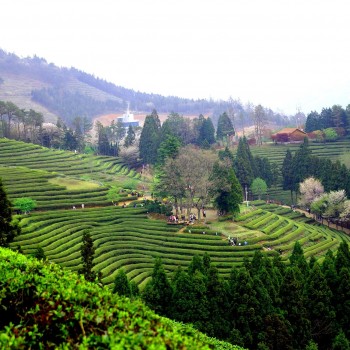
Boseong Tea Fields
When to visit: April through August
Boseong is regarded as the birthplace of the commercial tea industry in the country. It is called as DongguyeojI-Seungnam (meaning ” tea house ” in the Joseon Dynasty). Boseong Green Tea is a unique product produced only in Boseong County, South Jeolla Province, South Korea, and it is famous for its excellent quality.
The stunning, rolling green hills of Boseong Tea Fields are the only fields of their kind open in Korea. There are many walking trails and viewing points where you can take in the beauty of the lush gardens and watch the skilled workers selecting the best tea leaves.
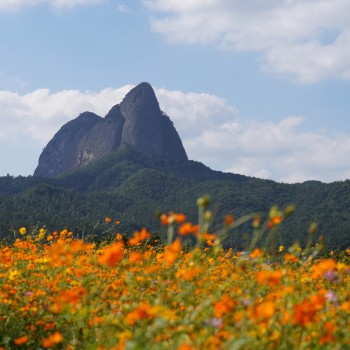
Seoraksan National Park
When to visit: In Spring and Autumn
When to visit: https://national-parks.org/south-korea/seoraksan
Seoraksan National Park is a Unesco Biosphere Protection site. Seorak-san (Snowy Peaks Mountain) is the third-highest mountain in South Korea, with its highest peak, Daecheong-bong, with a summit of 5,604 feet. It is one of the most beautiful and iconic parks on the Korean Peninsula.
This majestic natural park has mountains, lakes, waterfalls, streams, and miles of hiking trails that allow you to explore them. The park is known for its biological diversity, as it has over 1,500 different animal species and over 1,000 different kinds of plants. There are also two Buddhist temples inside the park, one known as the "Temple of a Hundred Pools" due to the ponds around it fed by mountain streams.

Jeonju Hanok Village
When to visit: Between April and June
Jeonju is a historic traditional city, formerly capital of the Joseon Dynasty, home to many ancient temples and shrines and a hanok village. The old town is famous for its many hanoks: traditional Korean houses which pay considerable attention to the positioning of the house.
The perfect hanok would feature a mountain in the back and a river out front. They usually utilize a courtyard for retaining heat within the home, especially the floor, since Koreans traditionally sit to eat and entertain.
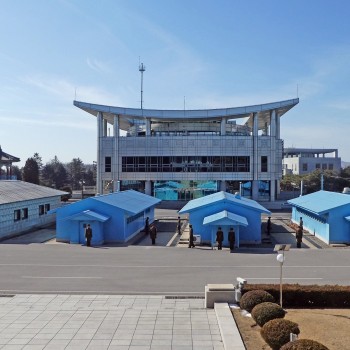
DMZ
When to visit: In Spring
The Demilitarized Zone (DMZ) border between North and South is one of the tensest borders in recent times. Heavily guarded and mined, the strange area can be visited, but only on an official, guided tour. The official site is about four kilometers wide and is formally known as the JSA or Joint Security Area.
For some visiting the area, the DMZ is the only glimpse of the mysterious and brutal country, North Korea, that they will ever get. Various viewing platforms from the South Korean side look northward toward North Korea. The strip that borders each country was decided at the end of the Korean Wars as part of the Korean Armistice Agreement.
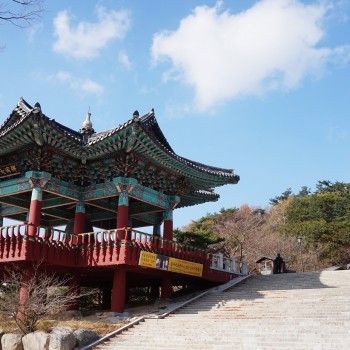
Gyeongju's Bulguksa Temple
When to visit: In Spring and Autumn
Gyeongju's Bulguksa Temple was originally built in 528 but has endured several renovations and extensions throughout history. The temple is on Mount Toham in Gyeongju, the ancient capital city of Korea. It's officially Historic and Scenic Site Number One as classified by the government. It's a historic city called a "museum without walls" due to all the historical sites and temples. The temple is home to seven of the country's national treasures, sacred pagodas, and statues of the Buddha.
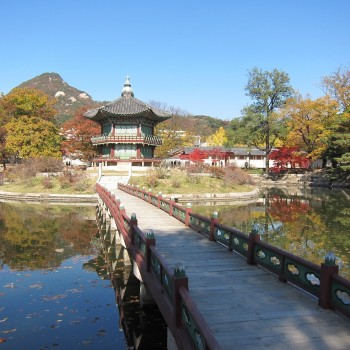
Huwon Secret Garden
When to visit: Between February and May or September to November
Huwon Secret Garden is a rear garden at the Changdeokgung palace that flows naturally with nature and is used as a place of retreat for the royal members. The garden has also been known as Bukwon, Geumwon, and Biwon. At 78 acres, the garden takes up about sixty percent of the palace grounds. The Huwon Secret Garden is one of the stars of the property of Changdeokgung palace.
This vast garden features many plants, trees, rivers, lotus ponds, pavilions, and sitting areas. Some of the trees on the property are over 300 years old. It was a place where no one but the royal families was permitted to enter without permission.

